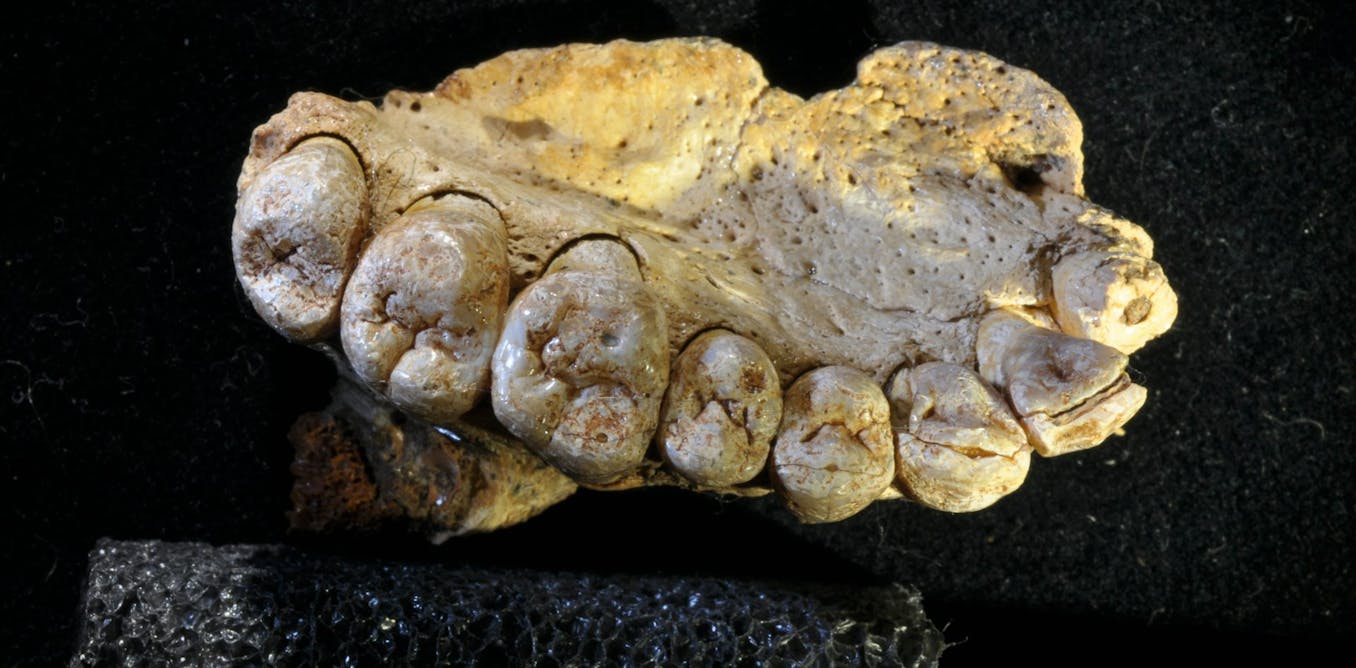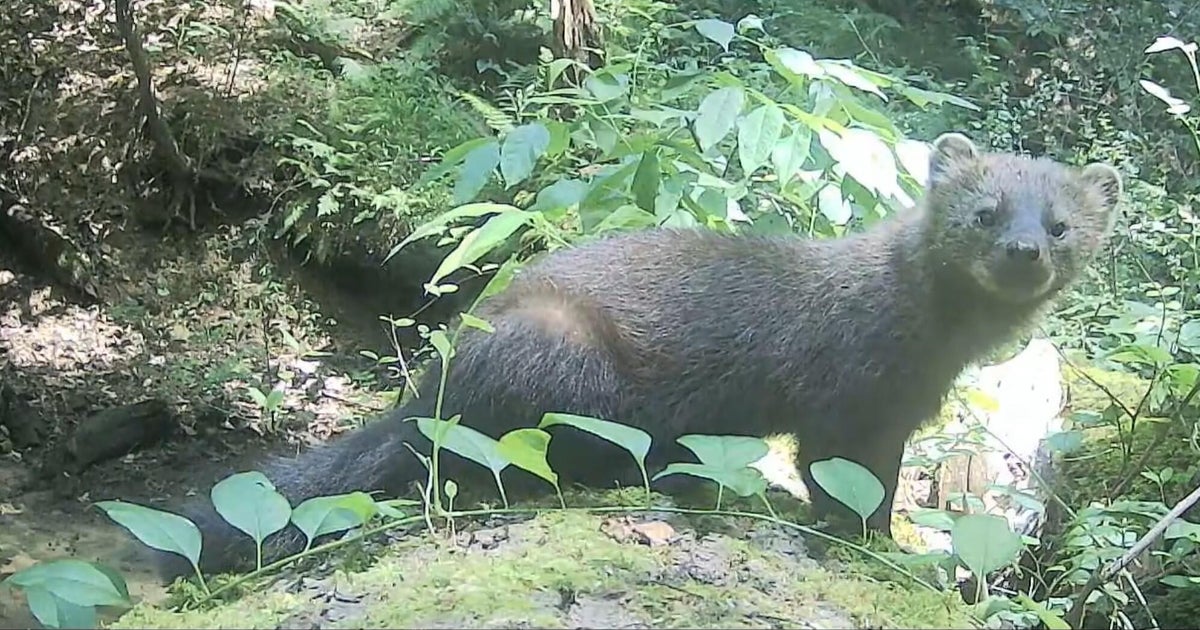Assessment of lime consumption needs and effects of various lime fertilisers | EU CAP Network
Initially, the study was conducted in 2020-2021 and repeated in 2023 to assess the long-term effect of lime fertilisers.
The study is directly related to the objectives of Priorities 4 and 5 of the 2014-2020 Rural Development Programme (RDP) and the objectives of the CAP and the implementation and development of related measures. Firstly, the study aims to address issues related to the protection of the water environment and the potential leaching of nutrients resulting from the release of nutrients into the soil due to liming. In a broader sense, the study contributes to soil and water protection by optimising the use of lime fertilisers. The long-term goal of the study was to prepare for and address potential problems related to the liming measure, thereby contributing to its development.
As a result of the study, the effect of the most commonly used lime fertilisers on soil properties in various soil types can be described, which enables the improvement of the algorithm for determining lime consumption and evaluating the short-term and long-term effects of using different lime fertilisers.
The main specific purpose is to specify lime consumption needs in case of different soil types, soil textures, soil acidity and water regime, the effect of different lime fertilisers on improving soil properties and plants to nutritional conditions and investigate the possible leaching of lime substances from different lime fertilisers in case of different doses.
For the study, a quantitative method was employed, and monitoring areas were established within the production fields. Study areas were established considering that the main soil types requiring liming and different lime fertilisers were represented. Since it was not possible to create a separate field experiment for this purpose, all observations and measurements for research were made in production fields. All necessary background information was obtained from farmers, and soil samples were analysed in the laboratory.
Among the lime fertilisers, the mixture of ash and sieves has the most positive effect on the soil reaction both in the short term and in the long term.
In most monitoring areas, liming did not achieve a situation where the mobile calcium (Ca) content of the soil reached an optimum level within three years.
The long-term changes in soil mobile potassium (K) were different. When ash and mixture were used, the potassium content in the soil decreased compared to the state before liming, and the greatest decrease occurred when ash was used.
The sulphur content of the soil generally increased over a longer period, but decreased with the use of sieves. The best lime fertiliser should be considered a mixture of oil shale ash and sieves, which has both short-term and long-term effects on the soil.
You may also like...
Diddy's Legal Troubles & Racketeering Trial

Music mogul Sean 'Diddy' Combs was acquitted of sex trafficking and racketeering charges but convicted on transportation...
Thomas Partey Faces Rape & Sexual Assault Charges

Former Arsenal midfielder Thomas Partey has been formally charged with multiple counts of rape and sexual assault by UK ...
Nigeria Universities Changes Admission Policies

JAMB has clarified its admission policies, rectifying a student's status, reiterating the necessity of its Central Admis...
Ghana's Economic Reforms & Gold Sector Initiatives

Ghana is undertaking a comprehensive economic overhaul with President John Dramani Mahama's 24-Hour Economy and Accelera...
WAFCON 2024 African Women's Football Tournament

The 2024 Women's Africa Cup of Nations opened with thrilling matches, seeing Nigeria's Super Falcons secure a dominant 3...
Emergence & Dynamics of Nigeria's ADC Coalition

A new opposition coalition, led by the African Democratic Congress (ADC), is emerging to challenge President Bola Ahmed ...
Demise of Olubadan of Ibadanland
Oba Owolabi Olakulehin, the 43rd Olubadan of Ibadanland, has died at 90, concluding a life of distinguished service in t...
Death of Nigerian Goalkeeping Legend Peter Rufai

Nigerian football mourns the death of legendary Super Eagles goalkeeper Peter Rufai, who passed away at 61. Known as 'Do...

:max_bytes(150000):strip_icc()/Z008-3a28e409e66c4dce83813c71b2af737c.jpg)



